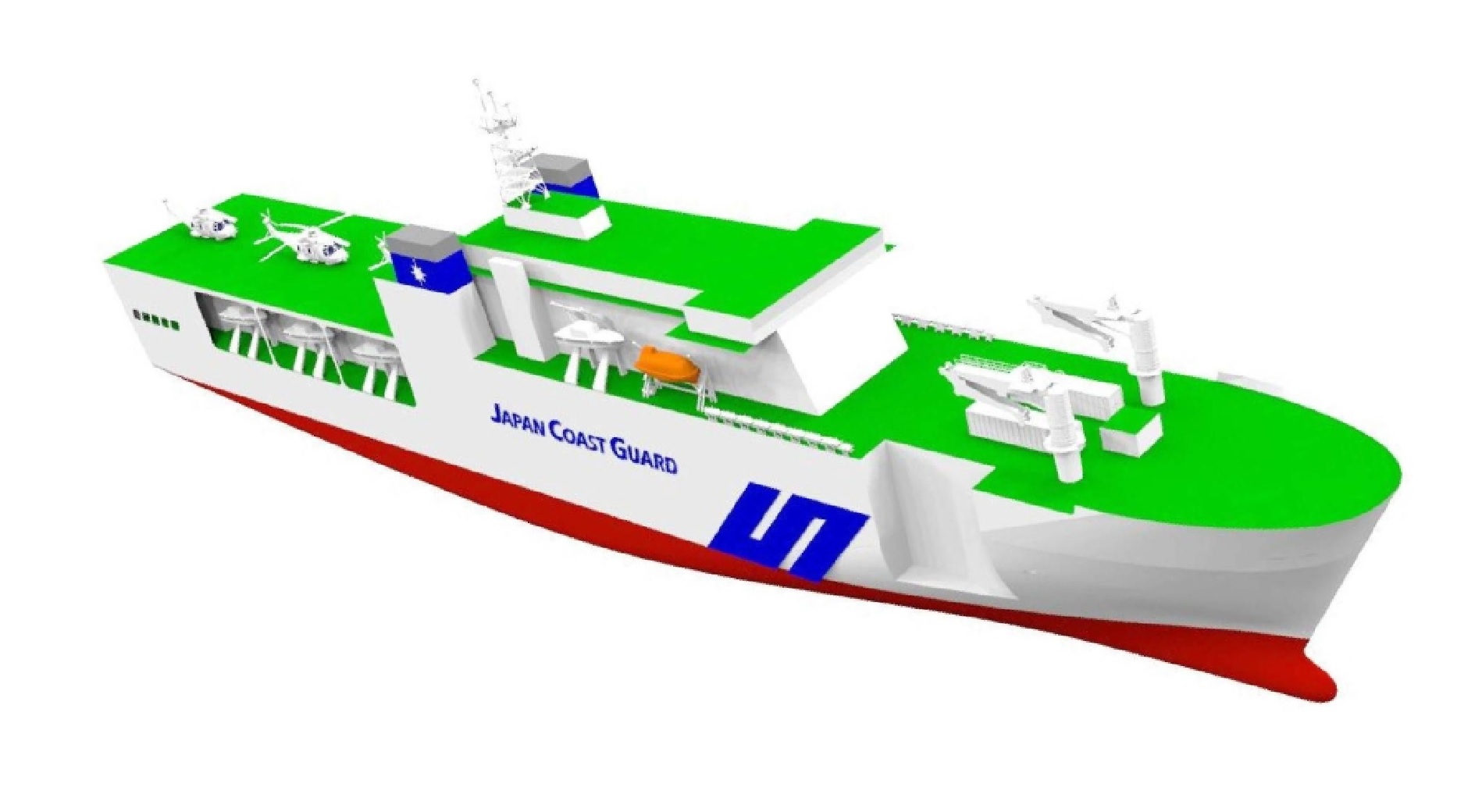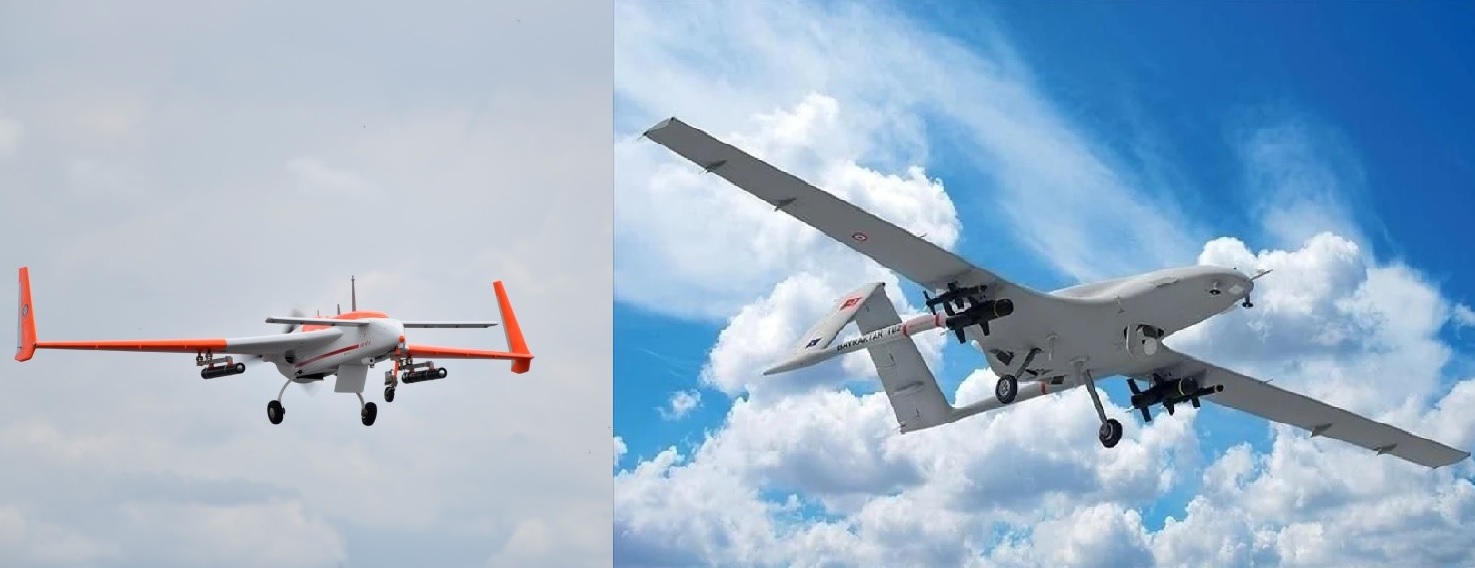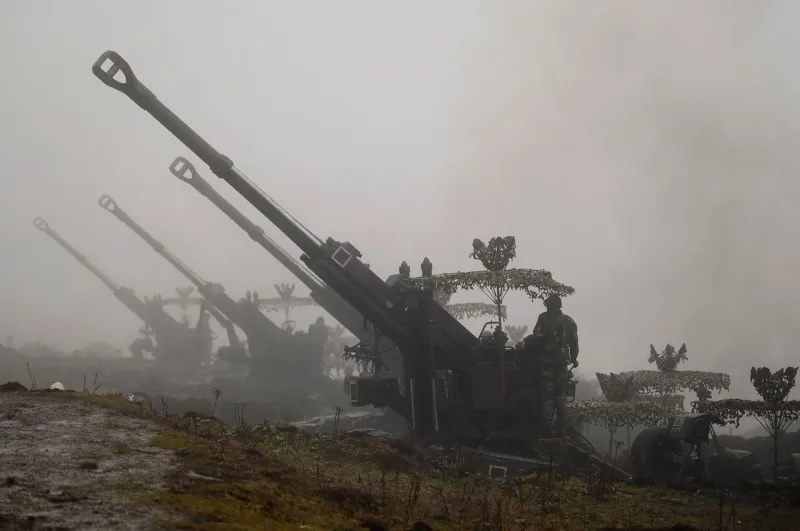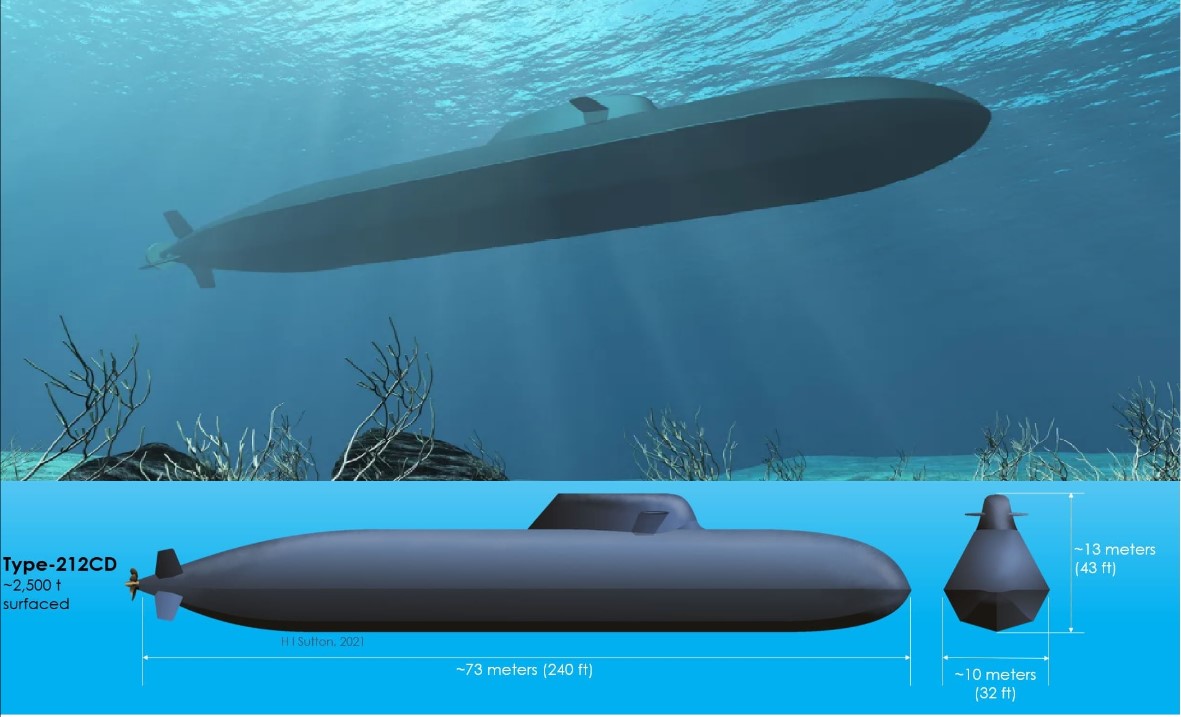Japan Coast Guard to Build its Largest Patrol Vessel Ever: A 30,000-Ton Maritime Giant

The Japan Coast Guard (JCG) is set to embark on an ambitious project to build the largest patrol vessel in its history, a formidable 199-meter-long ship with a gross tonnage of 30,000 tons. This new Multi-Purpose Patrol Vessel (MPPV) represents a significant upgrade in Japan’s maritime capabilities, combining disaster relief, security operations, and potential evacuation efforts into a single platform.
The vessel’s design is impressive, not only because of its size but also due to its versatility. Capable of accommodating up to 1,000 people, the MPPV can serve as a floating base during emergencies. It features ample space for vehicles and a large flight deck situated at the aft, where two helicopters can operate simultaneously. Additionally, the ship will have a hangar capable of storing three more helicopters, ensuring continuous aerial support during complex operations.
An important element of the MPPV's operational capacity is its ability to deploy small boats, such as Rigid-Hulled Inflatable Boats (RHIBs), which are commonly used for fast rescue and patrol missions. A crane mounted at the bow will facilitate the loading and unloading of these boats, enhancing the vessel’s versatility. This feature will be essential in a variety of maritime scenarios, from disaster relief to security patrols in challenging sea conditions.
The ship's construction, estimated to cost around ¥68 billion (approximately USD 480 million), highlights Japan's focus on enhancing its disaster preparedness. In the event of a large-scale earthquake or tsunami, the MPPV will function as an offshore command center. It will be equipped to transport supplies and personnel via helicopters and boats, provide shelter for evacuees, and even serve as a temporary hospital. This floating emergency base could become a vital lifeline during natural disasters, helping to coordinate relief efforts and transport critical aid to affected coastal areas.
The MPPV’s utility goes beyond disaster response. It is also intended to provide offshore security during high-profile international events such as G7 summits, the Olympics, and World Expos. This makes the vessel an important asset for maintaining public safety during such gatherings, where heightened security is required. The ship will serve as a floating command center, coordinating maritime patrols and responding to any threats during these events.
Amid rising geopolitical tensions in the region, particularly concerning the Taiwan Strait, the JCG has another critical role in mind for the MPPV. In the event of a military conflict with China, particularly involving Taiwan, the vessel would be responsible for evacuating Japanese residents from the country’s southwestern islands and other remote regions. The Japanese government has been weighing evacuation strategies, recognizing that the Self-Defense Forces would likely be preoccupied with combat operations in such a scenario. This leaves civilian evacuation efforts in the hands of the JCG and other agencies, with the MPPV taking a central role in such operations.
Interestingly, despite its size and strategic importance, the MPPV will not be armed. Classified as a patrol vessel, its primary function will be logistical support, transport, and emergency relief rather than direct engagement in combat. The ship is designed to resemble a large transport vessel or ferry, emphasizing its role in civilian evacuation and humanitarian missions.
Construction of the MPPV is scheduled to begin in fiscal year 2025, with the vessel expected to be operational by fiscal year 2029. While the exact deployment location remains undetermined, the vessel's size and capabilities ensure that it will be a key asset in Japan’s maritime strategy for years to come.
This ambitious project underscores Japan’s commitment to strengthening its disaster response, security operations, and evacuation planning, all while addressing the growing regional challenges. With the MPPV, the Japan Coast Guard is poised to enhance its operational reach and effectiveness in a wide range of maritime situations.


